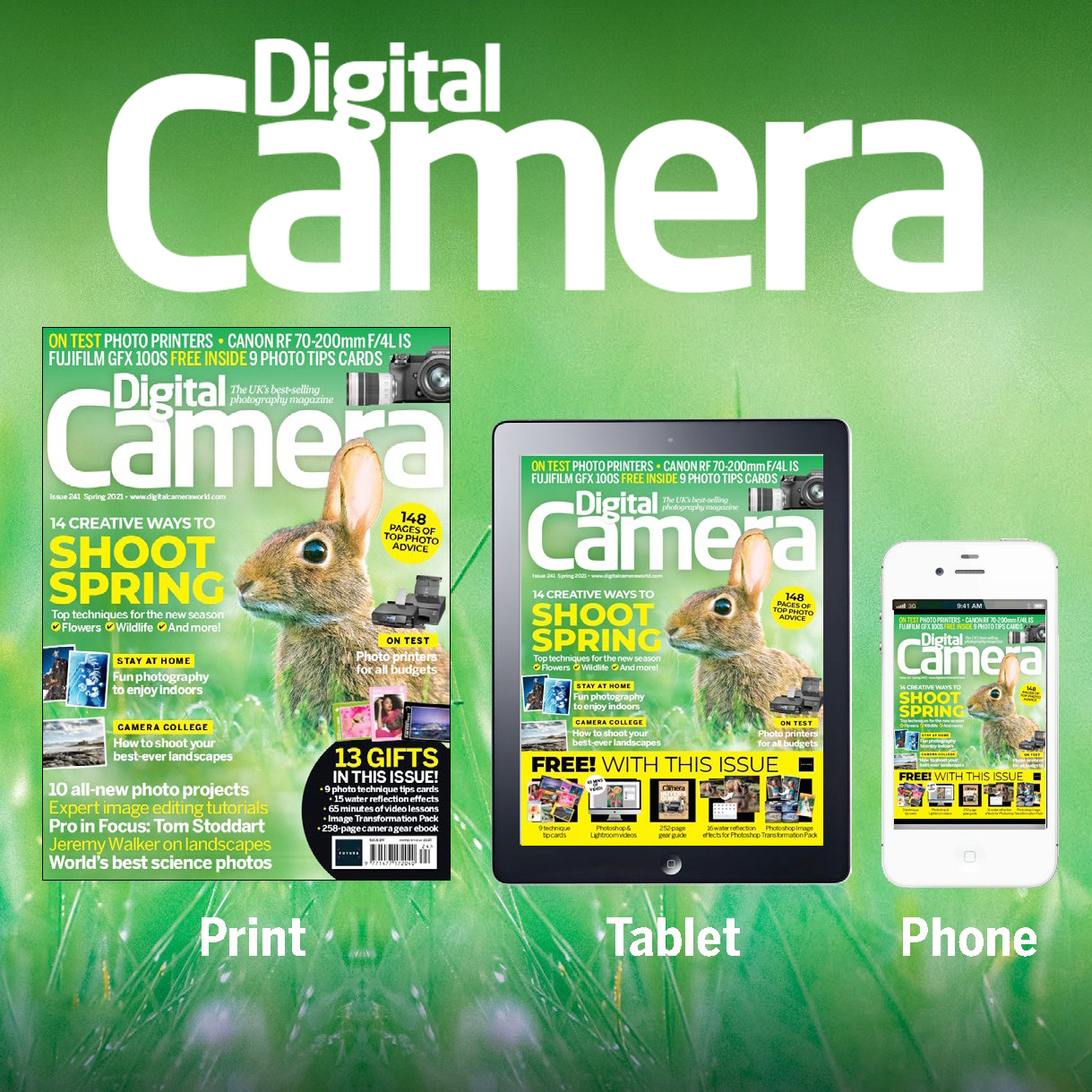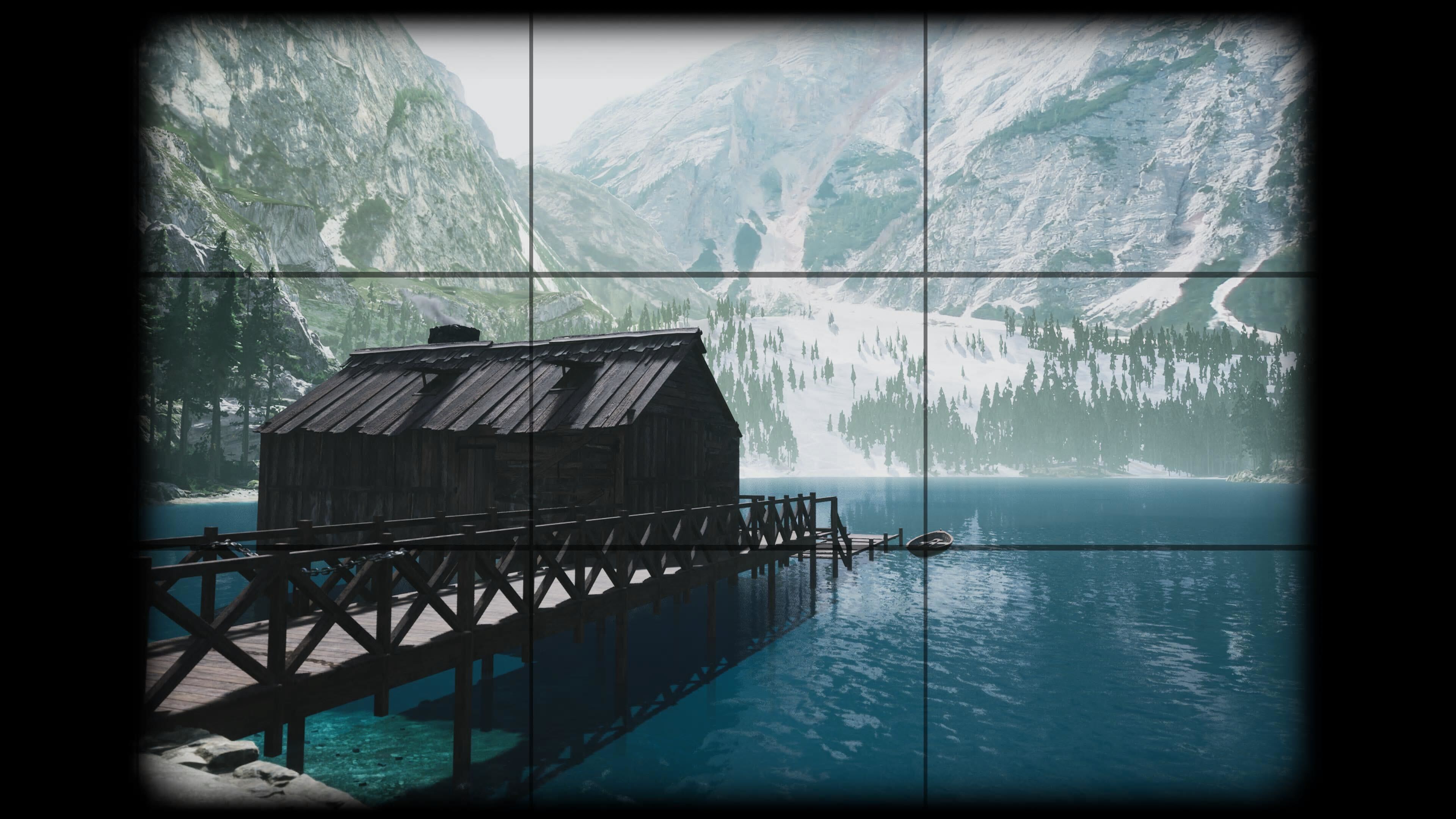Best 360 cameras

The best 360 cameras are as easy to use as a regular action cam, but capture a full 360 'spherical' view of the world around you. It's pretty hard to get your head around at first, but if you don't know which way to turn (a 360 joke), we're here to explain the tech and help you choose one of these terrific new camera designs.
The key to understanding 360 images is to imagine capturing a scene not in a flat rectangle, but on the inside of a sphere. You view a 360-degree image from within this sphere, moving your smart device or a window in your web browser to look around.
360-degree stills are easiest to figure out because everything is static. 360 videos are more confusing because you have the freedom to look where you like, but the action carries on regardless, which means as a viewer you kind of have control but don’t, and it’s easy to end up looking the wrong way while things are happening.
You can either consume 360 photos and videos directly via smart devices and websites with the necessary navigational interactivity, or as a content author you can use this spherical raw material to produce smaller, ‘flat’ windows on the scene with a lot of editing control.
For example, with 360 stills you can create wide-angle shots and panoramas. It’s 360 video that offers most potential, though, because you can shoot from a static position and then pan and zoom with moving subjects later in software.
There is just one thing. These cameras sound like they’ve got good resolution for stills and videos, but it’s spread over the inside of a sphere. When you start viewing and editing smaller sections of this, that resolution doesn’t go as far as you think.
Broadly, there are two types of consumer 360 cameras: spherical action cams designed to survive hazardous adventures, and lifestyle cameras that are cheaper, smaller and often easier to use.
Our buying guide has a few of each type, to help you decide which is best for you. We've already made our decision!
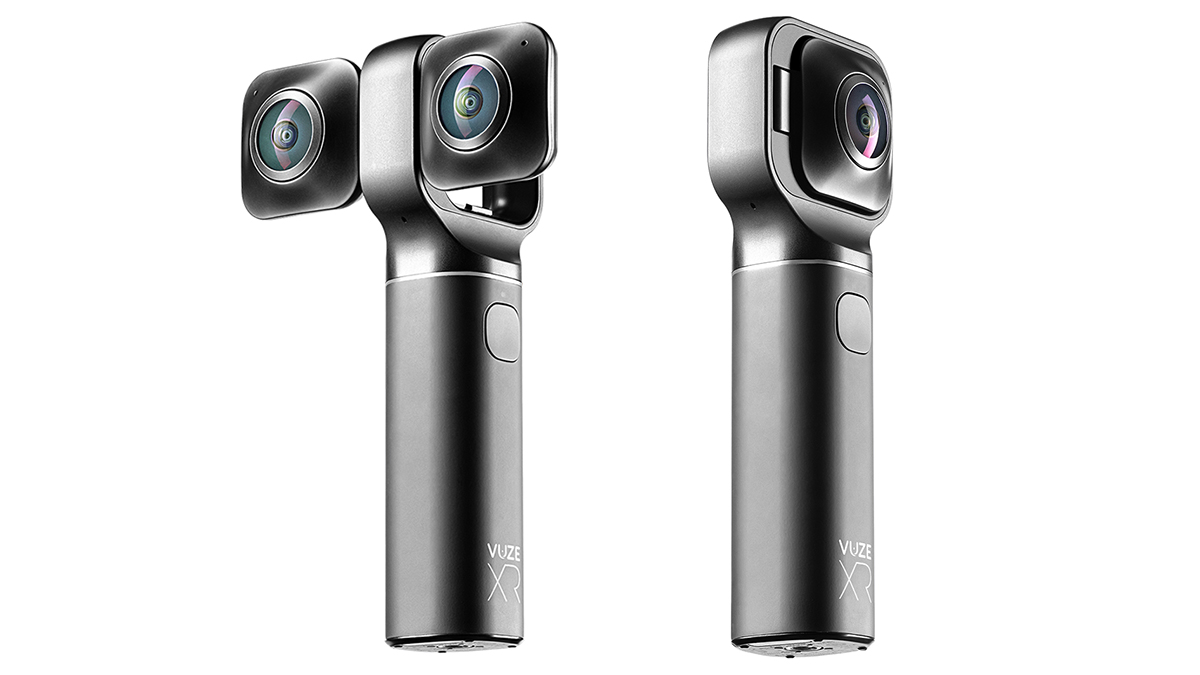
Vuze XR
Specifications
Reasons to buy
Designed to make shooting 360-degree and 180-degree photos and videos into an easy and intuitive process, the Vuze XR is effectively two cameras for the price of one. With the press of a single button, switch from 360-degree (2D) and 180-degree (3D) modes, shooting half a sphere or a full sphere of VR footage as you please. The XR also allows for in-camera image stitching as well as live broadcasting, further opening up your creative options, and the useful smartphone app also allows you to better monitor and control what you’re doing. The integrated hand grip makes it excellent for casual day-to-day usage – it’s not waterproof unless you add a separately sold case, so don’t go bringing it on kayaking trips and the like, as you would the GoPro Fusion. Beautifully designed, and producing excellent footage to match, the Vuze XR is an excellent tool for 360-degree imaging.
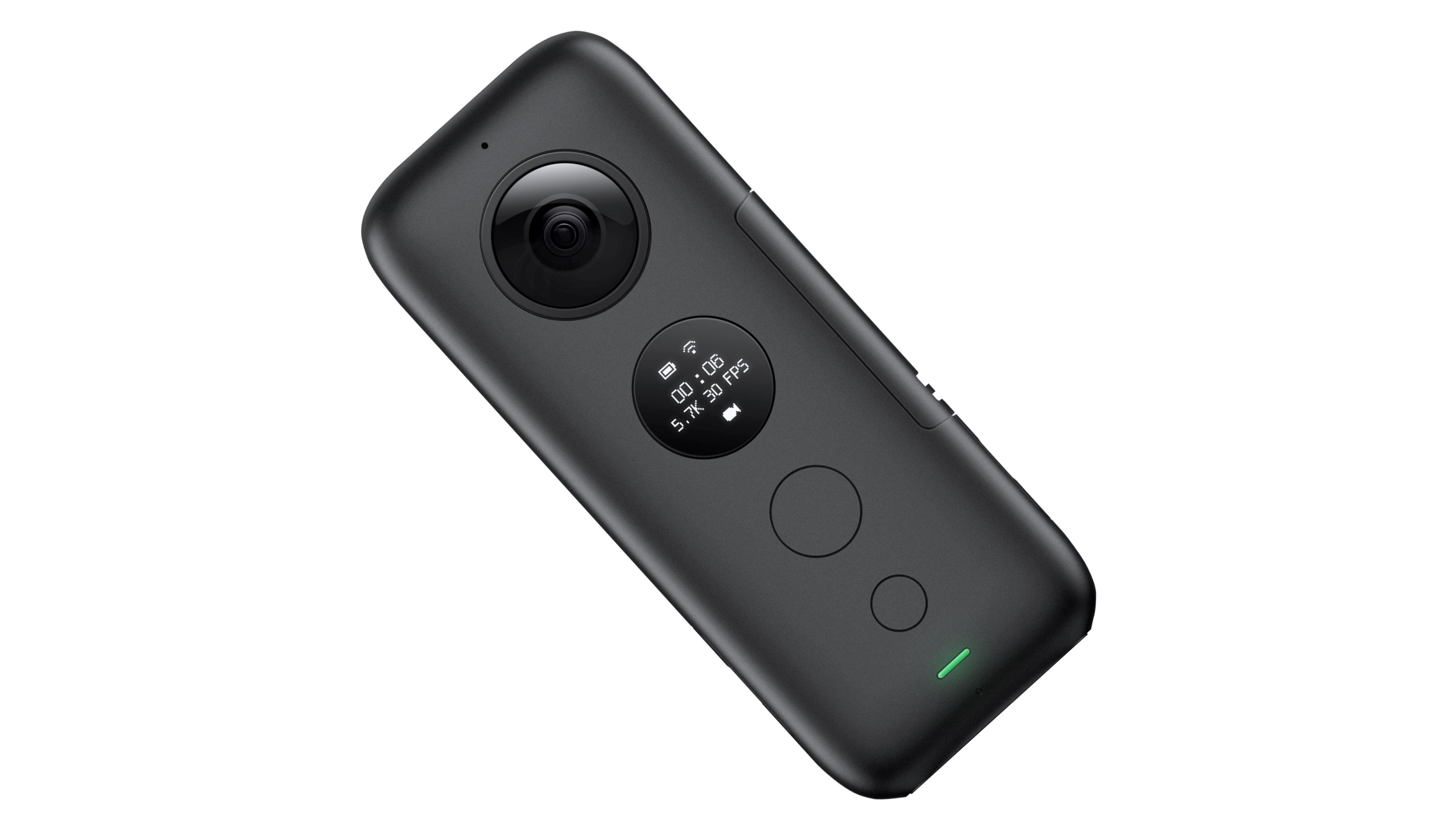
Insta360 ONE X
Specifications
Reasons to buy
The predecessor to the Insta360's EVO, the ONE X has got the appealing slimline shape of the Ricoh Theta V, the 5.7K 'overcapture' of the Garmin Virb and an app that offers advanced video editing and subject tracking on your smartphone. Insta360 makes a great play about this camera's 6-axis gyro system and 'FlowState' stabilization, and it's every bit as good as they say – we got the odd 'shimmer' during low-light shooting indoors, but in decent light it's as smooth as you like, and playback stays level however you angle the camera. Even better, if you get the optional 'invisible' selfie stick, it's hidden in the recorded footage, and it looks like you're a bystander in your videos and photos and not actually holding the camera at all. On release the Insta360 ONE X felt like a massive step forward in simplicity, usability and quality for 360 cameras, and it still works brilliantly now.
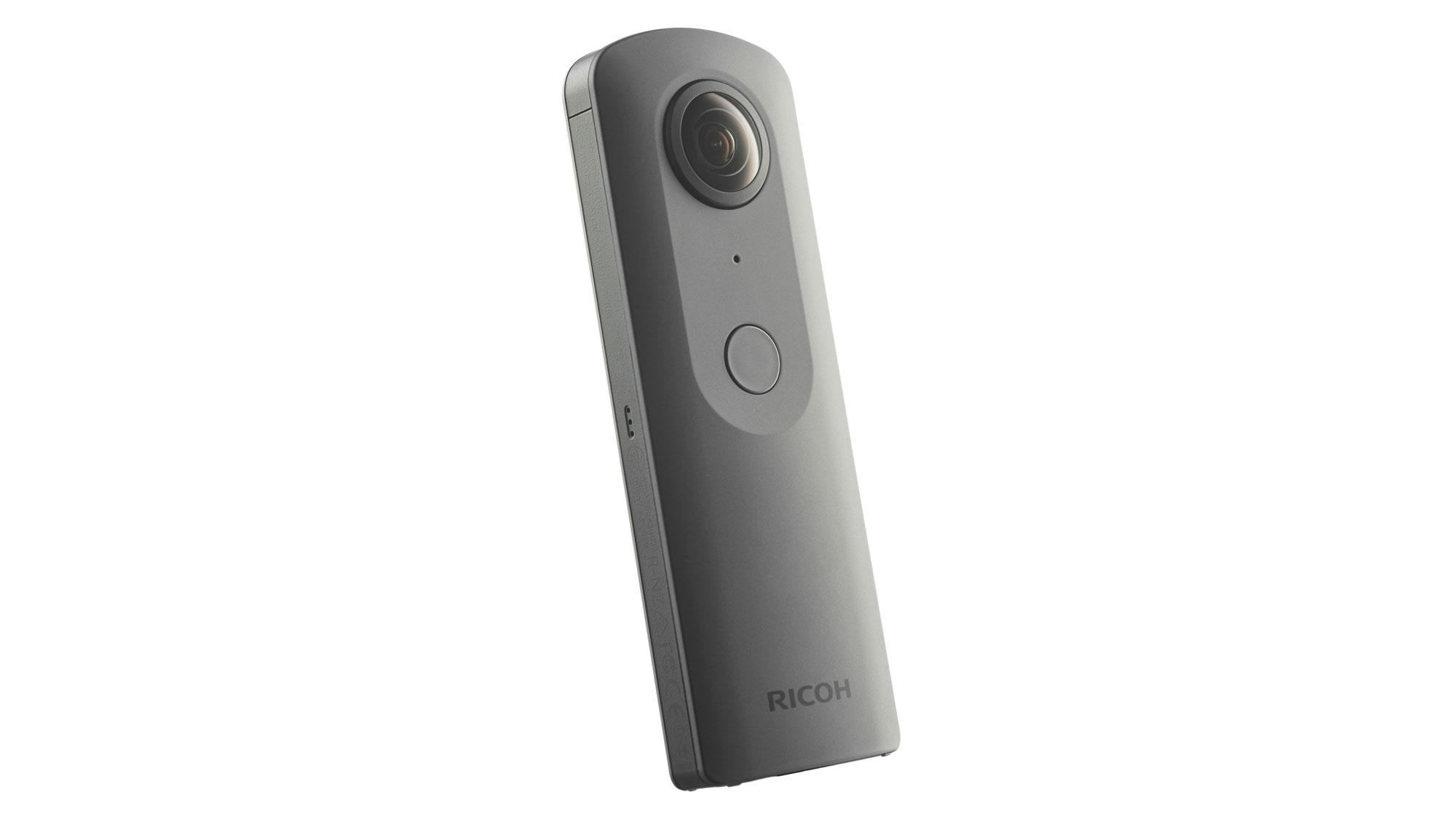
Ricoh Theta V
Specifications
Reasons to buy
The Theta V is instantly likable. Its tall, slim shape is perfect for holding in one hand without obscuring either lens, and you have easy access to the controls. These are very simple, and you don’t need the smartphone app to start shooting. You set the Theta V to stills or video mode and press the shutter-release button to capture the image – and that’s all there is to know. The smartphone app is equally simple. You can browse images both on the camera and already transferred to the app, and simply tapping on a file on the camera to view it initiates the transfer and deletes the image from the camera’s memory – and as it’s fixed at 19 GB, that’s probably just as well. The app has basic but effective VR viewing options and there’s a separate Theta+ app for editing your images. The still image quality is very good, and the video isn’t bad either, though there is strong purple fringing where the two hemispheres blend. It's good, but it's upstaged now by the Insta360 ONE X (above).
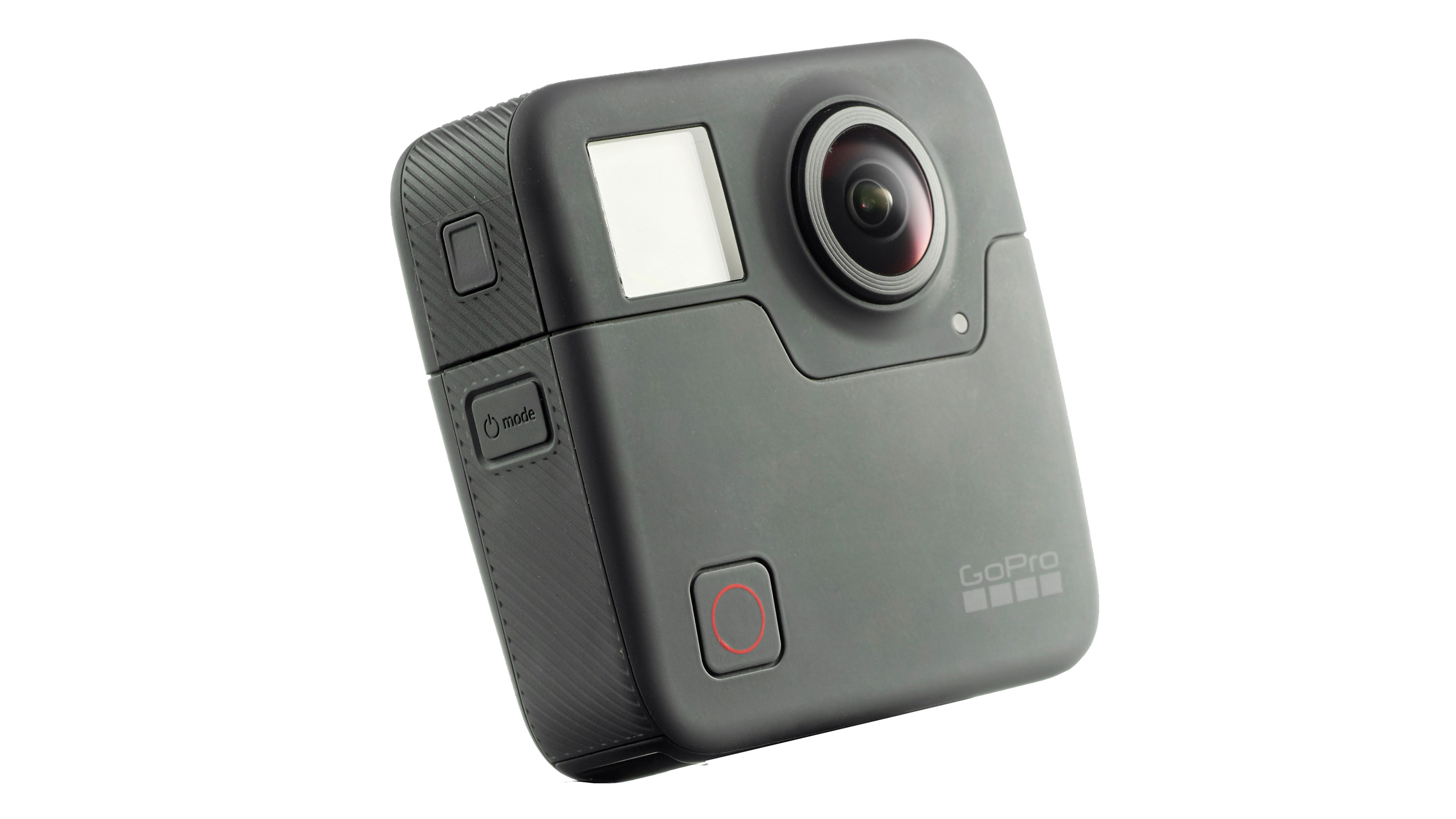
GoPro Fusion
Specifications
Reasons to buy
The GoPro Fusion is slimmer than the Garmin VIRB 360 and Nikon KeyMission 360 and, like its other two action cam rivals, it’s waterproof, though only down to a depth of 5m. With a maximum video resolution of 5.2K, the Fusion uses a feature called OverCapture to allow the extraction of regular ‘flat’ Full HD movies from its spherical footage. The extra resolution can be exploited either by the companion smartphone app or by the free-to-download GoPro Fusion Studio software. The QuickCapture button starts recording with a single press, even if the camera is switched off, and there’s a Photo button which does the same. You can also use voice commands to start and stop recordings and add Highlight Tags to find key moments later. Like other 360 cameras, the Fusion is effectively two cameras back to back. Oddly, though, it requires two matched microSD cards to go with them, which makes image transfer to a computer more fiddly later on.

Insta360 One
Specifications
Reasons to buy
The Insta360 One is designed solely for use with an iPhone (or iPad). It has a flip-out Lightning connector that plugs straight into the iPhone’s Lightning socket and also fixes it to the phone. It feels reasonably secure but would feel even better if there was some kind of additional fixing point. But this direct connection offers fast, reliable and fuss-free communication. The accompanying app launches automatically and provides an instant, lag-free live view of what the camera sees. If you to use the camera independently, you can use its single power button to capture stills or video, or fire the camera remotely via Bluetooth. There’s no Wi-Fi, so there’s no live view, and your iPhone now simply acts as a remote release. The image quality is great and the editing tools in the app are second to none at rendering ‘flat’ video from your 360 images, with a Viewfinder mode for panning and zooming in real time, a SmartTrack mode for tracking moving subjects and a PivotPoints to create smooth panning movements. It's not as good as the newer Insta360 Evo or even the ONE X, but you should be able to find it a lot cheaper than either.
Get the Digital Camera World Newsletter
The best camera deals, reviews, product advice, and unmissable photography news, direct to your inbox!
The sister print publication to this website, Digital Camera Magazine is Britain's best-selling photography publication – and it can also be purchased outside the United Kingdom as Digital Camera World.
Digital Camera Magazine is packed with more expert advice and more inspirational images than any other title, with the sole aim of helping you become a better photographer. Every issue we also bring you a selection of great gifts which are designed to help you get more from your photography – everything from tips cards and cheat sheets to free software and bookazines.
In addition to inspirational images, interviews, projects, mini tests and tutorials, each issue is packed with news, reviews and comparisons, as well as photographer vs photographer shootouts and head-to-head challenges using the best photo editing software.
The magazine is captained by Editor Niall Hampton.
